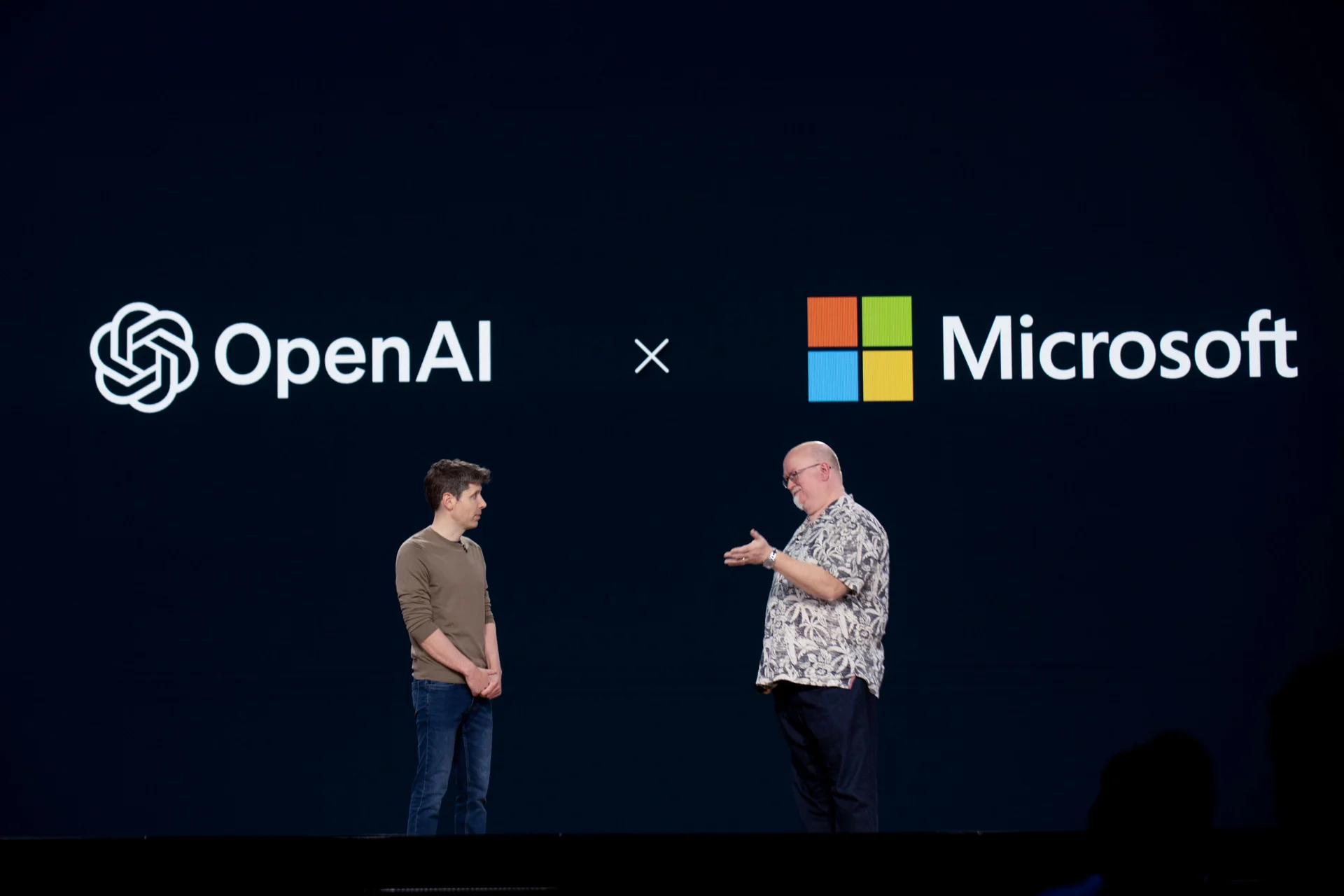In an anticipated move marking the next stage of AI development, OpenAI is reportedly preparing to release a new AI model, codenamed Orion, by December 2024. This upcoming model, expected to surpass GPT-4 significantly in capabilities, will likely first be available to a select group of partners before a public rollout through ChatGPT. While OpenAI hasn’t confirmed specific details about Orion’s release timeline, it has hinted at an ambitious evolution that could position Orion as a groundbreaking development in AI technology.
Gradual Release to Trusted Partners
The model’s gradual release represents a strategic shift from OpenAI’s approach with previous models like GPT-4. Early access will reportedly be extended to trusted partners and collaborators, particularly Microsoft engineers on Azure, with initial testing potentially beginning as soon as November. This phased deployment allows these partners to explore and innovate with Orion’s capabilities while OpenAI fine-tunes and scales the model for broader, public accessibility. This approach aligns with OpenAI’s close relationship with Microsoft, one of its primary deployment partners for advanced AI solutions, further underscoring the deep integration between OpenAI’s models and Azure.
Codenamed Orion: A Successor to GPT-4 or Potentially GPT-5?
Inside OpenAI, Orion is seen as a successor to GPT-4, although its official name for public release remains undecided. Internally, OpenAI is approaching Orion as an advancement in both reasoning and data synthesis compared to its predecessors. Speculation is mounting that Orion could ultimately be branded as GPT-5, but it’s unclear if this designation will make it to the final launch.
In September, OpenAI celebrated the completion of Orion’s training phase. This timing coincides with CEO Sam Altman’s cryptic post on X (formerly Twitter), hinting at “winter constellations rising soon.” Some analysts interpret the remark as a nod to Orion, the well-known winter constellation, subtly signaling the model’s upcoming debut. Notably, OpenAI leveraged synthetic data from its o1 reasoning model—internally codenamed “Strawberry”—to enhance Orion’s training, further driving advancements in model accuracy and contextual learning.
Orion’s Potential: Could It Be the Next Leap Towards AGI?
OpenAI has ambitious goals for Orion, viewing it as a significant leap toward achieving artificial general intelligence (AGI). Recent statements from an OpenAI executive suggest that Orion may be up to 100 times more powerful than GPT-4, an assertion underscoring the transformative potential OpenAI sees in this new model. This focus on AGI marks an ongoing shift within OpenAI toward creating systems that can perform a broader range of complex tasks traditionally limited to human capabilities.
While OpenAI’s spokesperson has declined to confirm specific details, the upcoming launch of Orion is seen as a strategic evolution in the organization’s efforts to redefine what’s possible in AI. With substantial funding of $6.6 billion and a valuation of $157 billion, investors and tech enthusiasts alike are eager to witness the capabilities of OpenAI’s next big step in artificial intelligence.
Implications for the AI Ecosystem and Market Impact
The gradual release of Orion signifies OpenAI’s intent to balance innovation with responsible scaling, particularly given its potential influence on the broader AI ecosystem. Trusted partners will have the chance to shape Orion’s real-world applications, likely spurring significant advancements across industries like healthcare, finance, and logistics, where robust AI models are increasingly in demand. This approach may also alleviate pressures related to potential misuse, an ongoing concern within the AI community.
Looking Ahead: Orion’s Strategic Position
As OpenAI edges closer to the December launch, Orion’s development reflects the company’s broader trajectory toward creating models that are not only more capable but also more integrated with diverse real-world applications. This development comes at a time when AI companies are racing to innovate while navigating complex regulatory landscapes and ensuring ethical use. If Orion’s capabilities align with expectations, OpenAI could further solidify its lead in the AI landscape, opening new frontiers for machine learning, natural language processing, and potentially laying the groundwork for future AGI.
Conclusion
OpenAI’s Orion model represents more than just the next iteration of large language models. By releasing it gradually and testing it with trusted partners, OpenAI appears to be laying the foundation for a robust, widely applicable AI solution that could redefine boundaries in artificial intelligence. As the year draws to a close, all eyes are on OpenAI to see if Orion will indeed rise to meet its expectations and reshape the industry’s AI potential.









